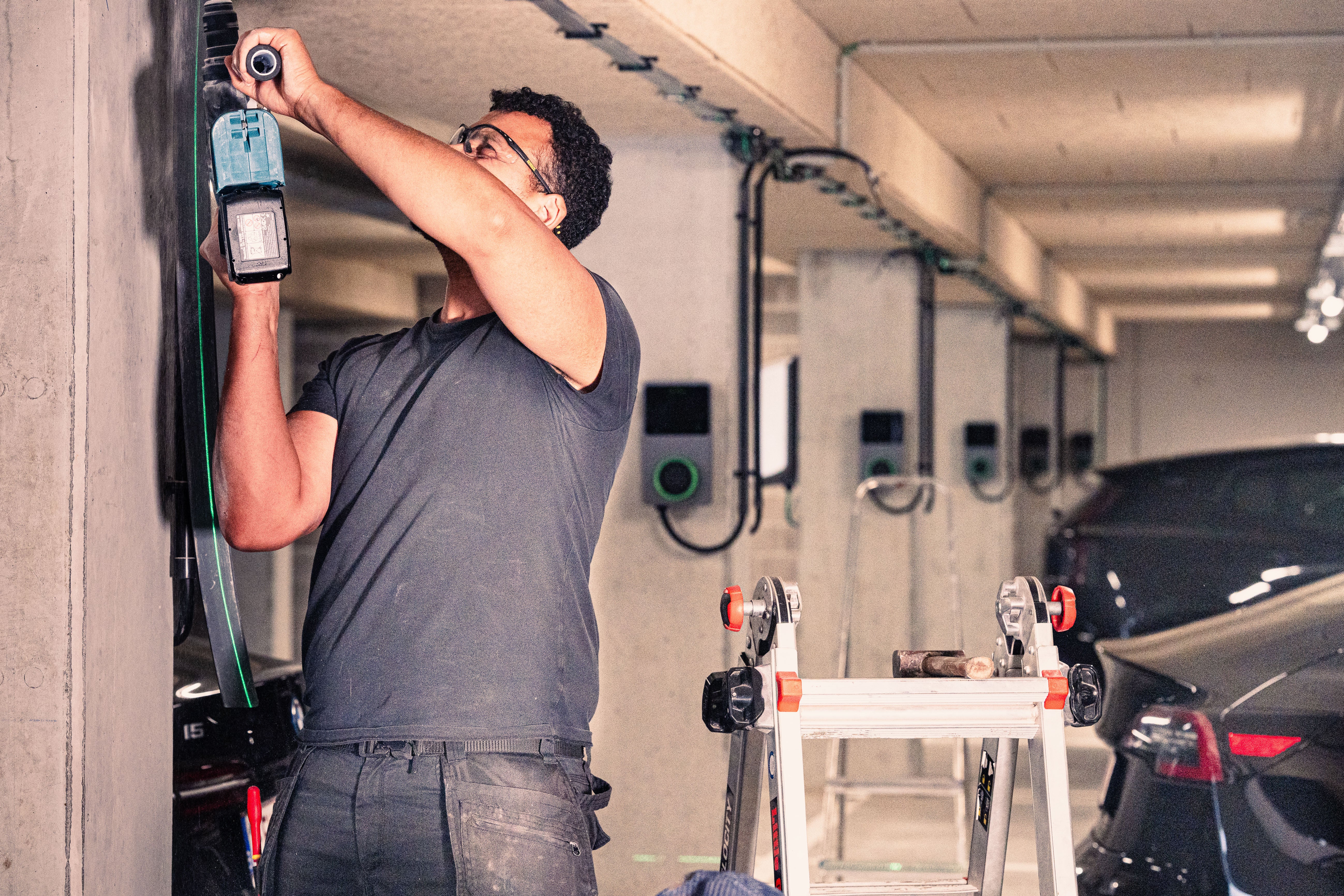You may have heard about the different charging modes for electric cars. We have listed them clearly for you.
Charging mode 1: the household plug
The simplest way of charging. You plug the vehicle in, into the household plug. The rectifier is inside the vehicle. Charging takes a long time and also know that the safety of the circuit used in this way is not ensured. Therefore, this way is no longer used and in some countries it is even prohibited.

Charging mode 2: Cable Control Box
If you want to charge via the standard wall outlet, this is the way. A Cable Control Box (ICCB) is built in. Inside this box is a differential switch and current limitation. If there is good grounding, then this is a secure way to resolve. It is important to limit the charging current somewhat. After all, household outlets are not designed to be loaded with high current for long periods of time. The socket can become dangerously hot as a result. Charging this way can take some time.
 Charging mode 3: safe way of charging
Charging mode 3: safe way of charging
Mode 3 uses plugs and outlets specifically suited for charging electric cars. The socket is built into the charging point which is a permanent part of a home electric system. The continuous communication between charging point and vehicle ensures safe charging. Charging is a lot faster because higher currents are allowed. Moreover, it is also possible to set when to charge, which often allows the use of a more advantageous tariff.

Charging mode 4: fast charging
Charging mode 4 is also called fast charging. In this mode of charging, the rectifier is in the charging station. This obviously makes the installation more expensive. For home charging, this is not an option.







